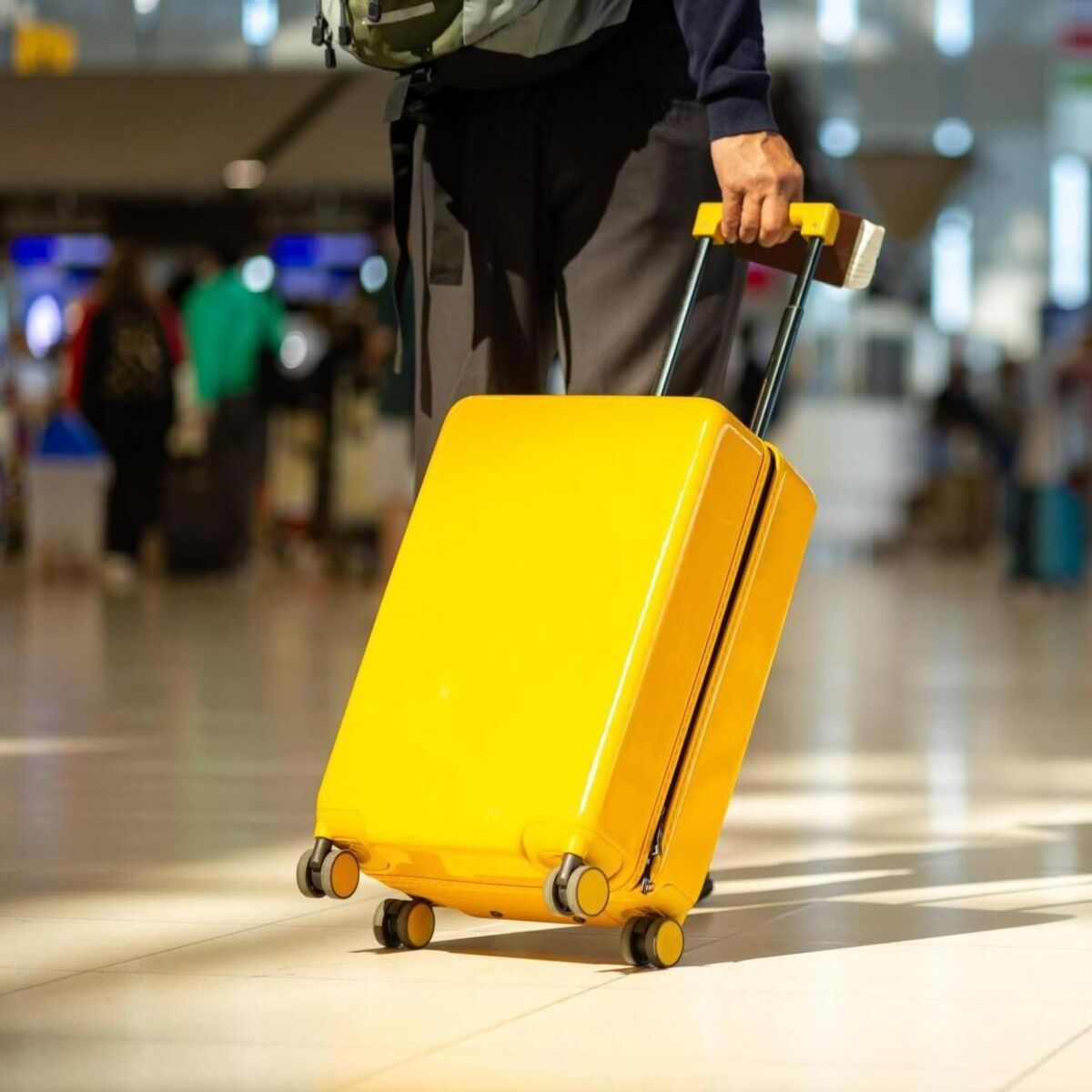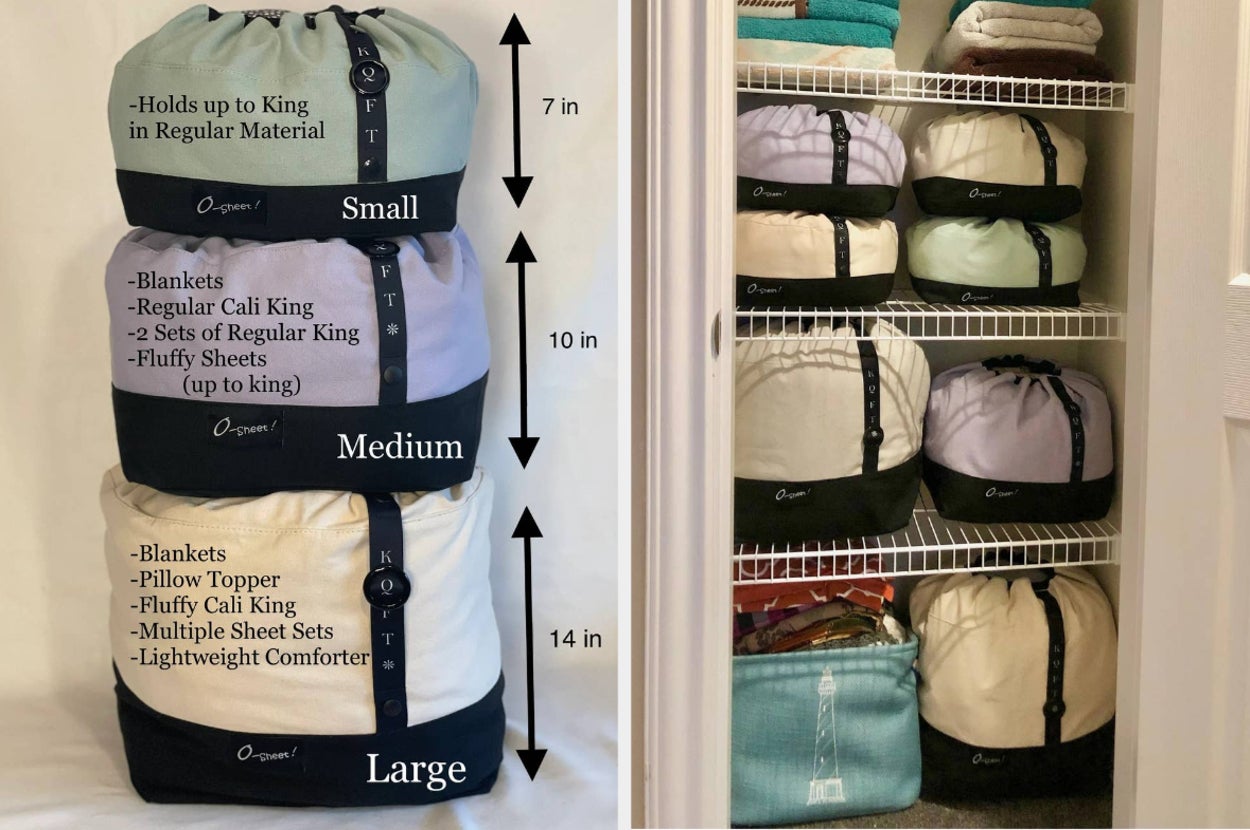By Breda Graham,Irishexaminer.com
Copyright irishexaminer

Liquids and gels will also no longer need to be packed into clear plastic bags.
It comes as part of a multi-million-euro upgrade by daa in the scanning technology used to screen departing passengers and their hand luggage before they fly.
Around 30 new cutting-edge ‘C3’ scanners and body scanners have been rolled out in Dublin Airport’s two terminals.
The new C3 scanners use technology similar to CT scanners in hospitals, generating 3D images of bags, which makes it easier to detect what is inside.
Dublin Airport is one of the first airports in Europe to fully switch over to C3, which provide the best threat detection technology available within the aviation industry.
So, what has changed, what remains the same and will this technology be rolled out elsewhere?
What are the new rules?
Liquids, gels and electronics can stay in your hand luggage when going through security.
There is no limit on the number of liquids and gels that can be carried in your hand luggage.
The previous 100ml maximum limit on liquids and gels no longer applies and items of up to 2 litres can be carried.
Liquids and gels no longer need to be packed inside clear plastic bags.
What’s staying the same?
Items such as belts, footwear that extends over the ankle, jackets, hoodies and oversized jumpers, and cardigans must be removed and placed in the security tray.
Passengers must continue to remove all items from their pockets, including keys, wallets, and phones.
What else has changed?
Three scanners have also been installed in a new secondary screening area located on the mezzanine level in Terminal 1, which is open to passengers from 4am until mid-afternoon each day.
In time, this area will become home to a new dedicated Fast Track facility, with all other T1 passengers going through regular security downstairs.
Will the ‘C3’ scanners and body scanners be rolled out at Cork Airport?
daa CEO Kenny Jacobs has said that Cork Airport won’t be far behind Dublin Airport, with work starting this month on the construction of a new mezzanine floor, which will extend over the existing Arrivals concourse and become home to a larger passenger security area equipped with the latest C3 scanning technology.
The works at Cork Airport are part of the first phase of a €200 million capital investment by daa to make the airport better for passengers.
Speaking to the Irish Examiner, communications manager at Cork Airport, Barry Holland, said: “Cork Airport has commenced the first phase of its Capital Development Programme with the construction of a new mezzanine floor within the terminal building. New, state-of-the-art C3-EDS security technology, with larger, longer and heavier screening equipment, will be located on the new mezzanine floor. Once installed and commissioned, it will eliminate the need for passengers to remove liquids and large electronics from their hand luggage.
“The new security area will feature even more security screening lanes, new autopass entry gates and a new fast-track lane. The new mezzanine floor and passenger security screening area is expected to be completed by Christmas 2026.”
What will the developments, including the new mezzanine floor/security screening area, at Cork Airport mean for passengers?
No more unpacking: Liquids and large electronics can remain in hand luggage during screening.
Faster security checks: Additional screening lanes will reduce waiting times.
Greater convenience: New autopass entry gates streamline security access.
Premium experience: A dedicated fast-track lane for those who need to get through quicker.
Future-ready facilities: Improved passenger flow and modernised infrastructure.
Managing Director of Dublin Airport, Gary McLean, described the development at Dublin Airport as “very positive” for passengers and staff.
“The new C3 scanners are best in class in terms of security detection standards and they significantly enhance the passenger experience, permitting passengers to leave all liquids and laptops inside their cabin bags with the systems working like CT scanners in hospitals to generate 3D images of bags,” he said.
“The rollout of this new technology involved a substantial financial investment by daa and posed a significant operational challenge to the airport. Nevertheless, security times over the recent peak summer months, when we handled a record 11 million passengers, were both smooth and efficient, with 96% of passengers proceeding through security screening in under 20 minutes.
“This investment puts Dublin Airport on a par with the best airports in the world when it comes to having the best and most efficient scanning technology available.”



